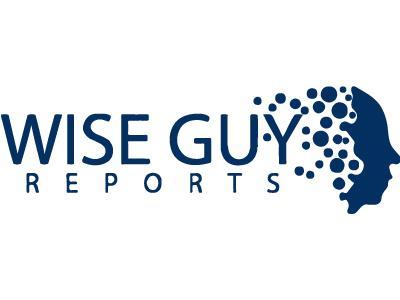Telecom Application Programming Interface API Market Size, Industry Growth | 2035

The global Telecom Application Programming Interface (API) market is the foundational layer of the modern digital communications landscape, enabling developers and enterprises to embed voice, messaging, video, and other communication functionalities directly into their applications and business processes. This market's rapid expansion is a direct result of the global digital transformation imperative, where seamless and contextual communication is no longer a feature but a core business requirement. An in-depth analysis of the leading Telecom Application Programming Interface API Market Companies reveals a dynamic and diverse ecosystem. This landscape includes pure-play Communications Platform as a Service (CPaaS) providers, traditional Mobile Network Operators (MNOs) who are increasingly opening their networks, and specialized API aggregators. These organizations are at the forefront of innovation, abstracting the immense complexity of global telecommunications networks into simple, consumable, and programmable APIs. Their solutions power a vast range of use cases, from two-factor authentication messages that secure online accounts to in-app voice calls for ride-sharing services and complex video conferencing solutions for telehealth platforms. The strategic positioning and technological capabilities of these companies are pivotal in determining the pace and direction of innovation across countless industries that rely on their services to engage with customers, streamline operations, and create new revenue streams.
A granular examination of the market participants highlights three distinct archetypes, each with its own business model and strategic advantages. The first and most dominant group is the CPaaS providers, such as Twilio, Vonage (a part of Ericsson), and Sinch. These companies have built their success on a developer-first ethos, providing well-documented APIs, extensive software development kits (SDKs), and a frictionless, self-service onboarding process. Their core value proposition is simplification and global scale; they aggregate connectivity from hundreds of carriers worldwide and present it through a unified API platform, shielding developers from the underlying network complexities and contractual hurdles. The second category consists of the MNOs themselves, including giants like AT&T, Verizon, and Orange. Historically, their networks were closed systems, but they are now increasingly launching their own API programs to directly monetize their network assets, such as location data, quality of service, and identity verification. Their competitive edge lies in the direct control over network quality, security, and access to unique capabilities that are not available through intermediaries. The third group is the API aggregators and enablers who often focus on a specific function, such as A2P (Application-to-Person) SMS messaging, providing broad reach by interconnecting with a multitude of operators and other platforms, often competing on price and regional expertise.
The strategic imperatives for all players in this market are converging around several key themes. An exceptional developer experience (DX) is paramount; this extends beyond simple documentation to include comprehensive tutorials, interactive API explorers, responsive support, and transparent pricing. As the market matures, API security and compliance have become critical differentiators, especially for enterprise clients in regulated industries like finance and healthcare. Companies are investing heavily in features like end-to-end encryption, fraud detection, and adherence to data privacy regulations such as GDPR. Furthermore, the monetization strategy is evolving from simple pay-per-use models for basic SMS and voice calls to more sophisticated, value-based pricing for advanced APIs like video, AI-driven sentiment analysis, and the forthcoming 5G network APIs for network slicing and edge computing. The Telecom Application Programming Interface API (IPaaS) Market size is projected to grow USD 15 Billion by 2035, exhibiting a CAGR of 13.4% during the forecast period 2035. Success in this market is no longer just about providing connectivity; it is about providing a secure, reliable, and intelligent platform that empowers developers to build the next generation of communication experiences.


